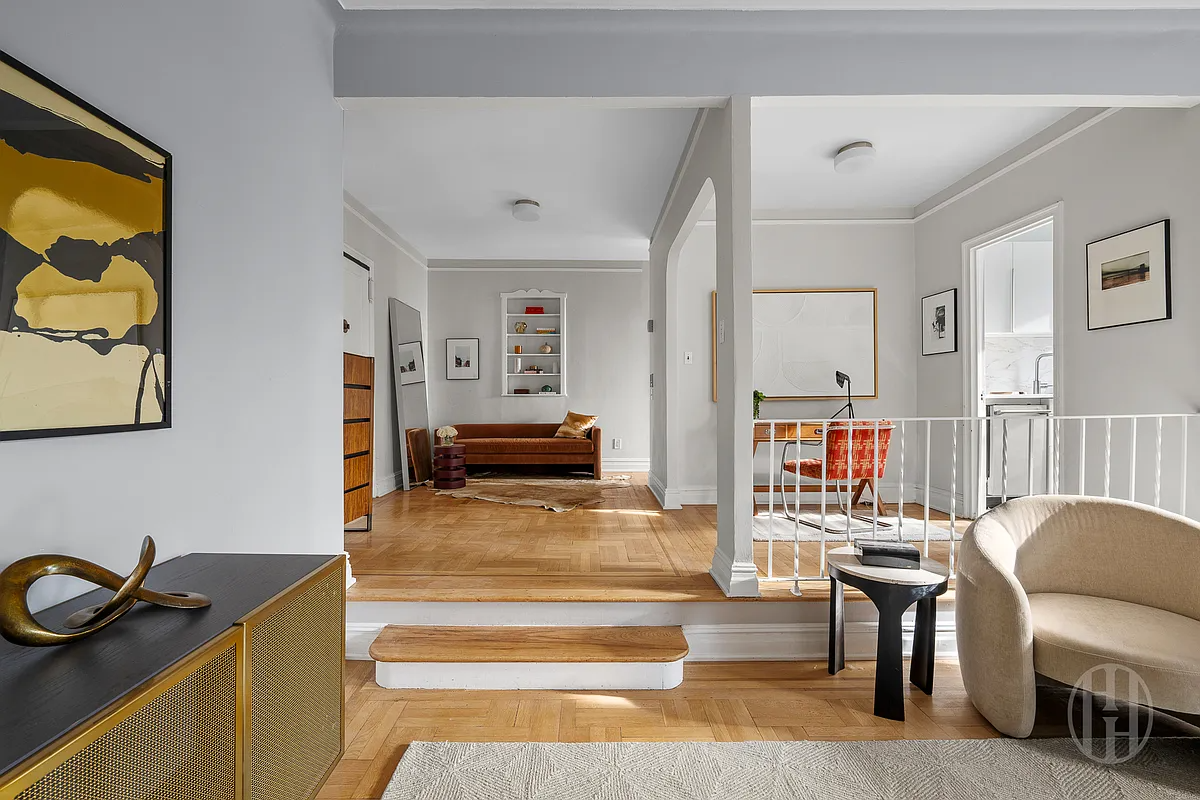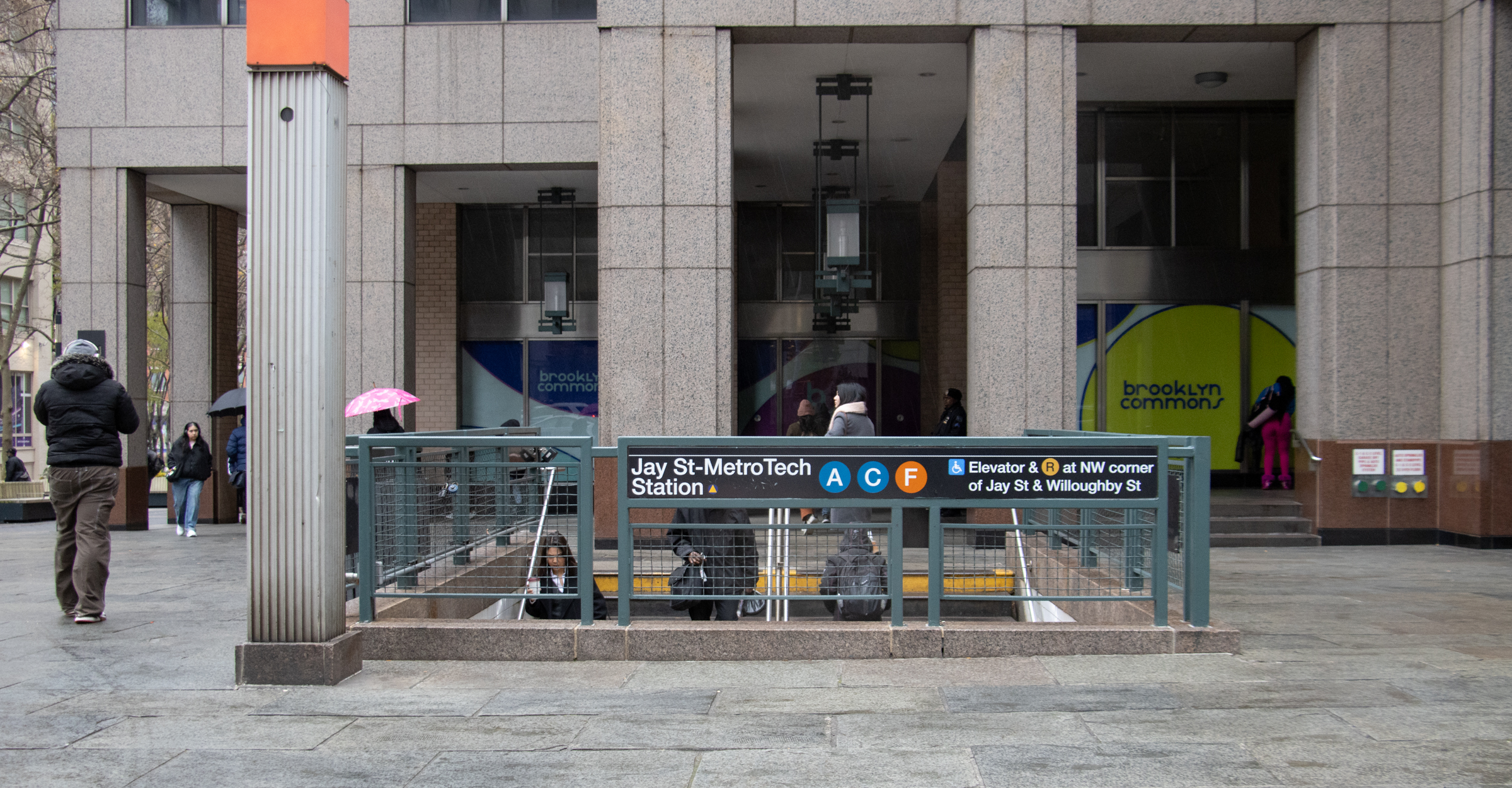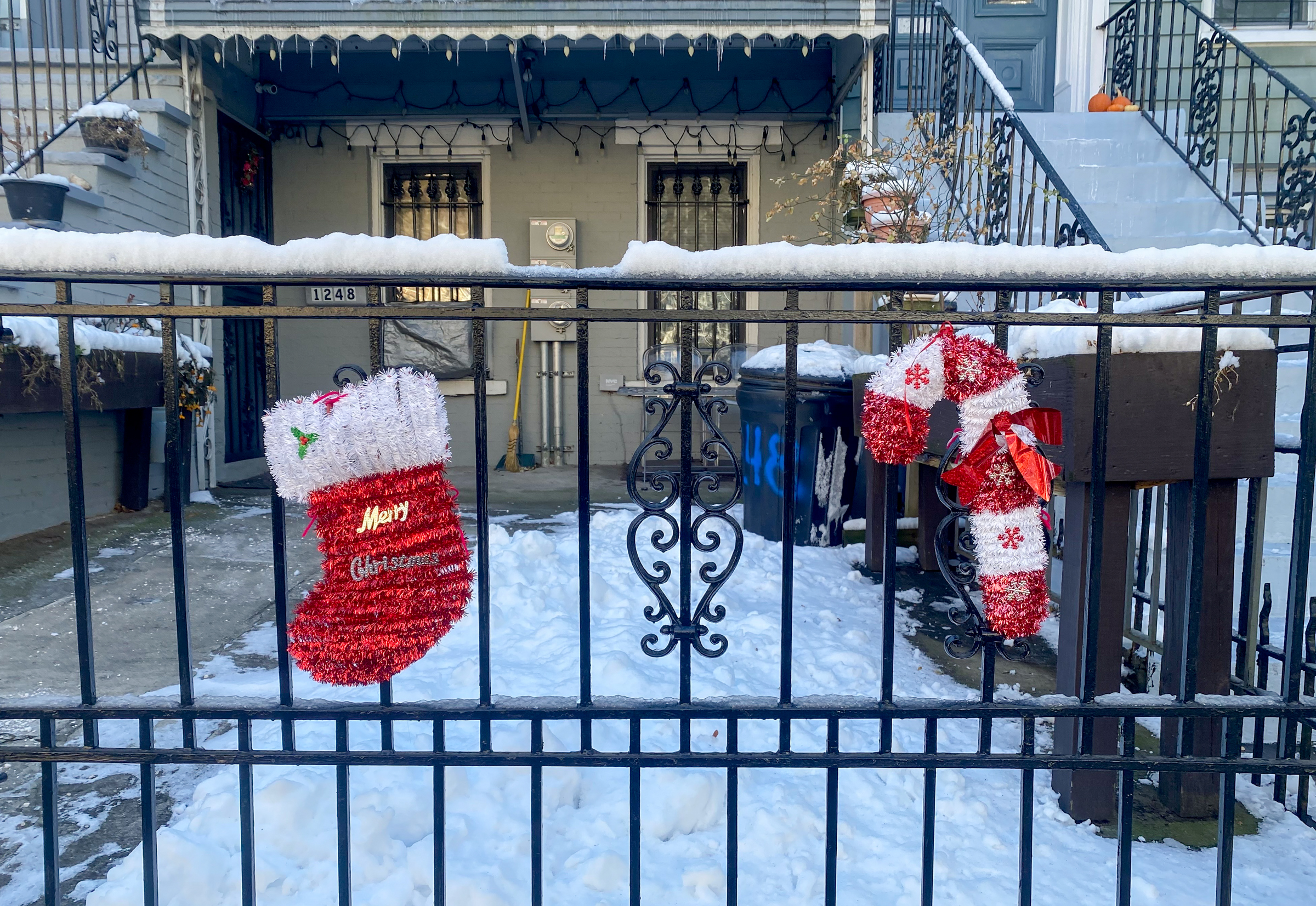Building of the Day: 273 Lafayette Avenue
Brooklyn, one building at a time. Name: Apostolic Faith Church, originally Orthodox Friends Meeting House Address: 273 Lafayette Avenue Cross Streets: Corner of Washington Avenue Neighborhood: Clinton Hill Year Built: 1868 Architectural Style: Rundbogenstil Romanesque Revival Architect: Stephen C. Earle Other Buildings by Architect: Clark University buildings, the Chapel at U. Mass, many other buildings…

Brooklyn, one building at a time.
Name: Apostolic Faith Church, originally Orthodox Friends Meeting House
Address: 273 Lafayette Avenue
Cross Streets: Corner of Washington Avenue
Neighborhood: Clinton Hill
Year Built: 1868
Architectural Style: Rundbogenstil Romanesque Revival
Architect: Stephen C. Earle
Other Buildings by Architect: Clark University buildings, the Chapel at U. Mass, many other buildings in Massachusetts and Connecticut.
Landmarked: Yes, part of Clinton Hill HD (1981)
The story: The Religious Society of Friends, also known as Quakers, have a long history in Brooklyn. One branch of Brooklyn’s Quakers was called the Orthodox Friends. For many years, they met at Packer Institute in Brooklyn Heights for worship services, but in 1867, purchased this plot of land on the corner of Washington and Lafayette Avenues, for a new permanent home. The talents of Massachusetts architect Stephen C. Earle were employed, and he designed this austere, yet interesting, Rundbogenstil Romanesque Revival building, which the Brooklyn Eagle called “new, neat and tasteful.” Earle was himself, a Quaker, and responsible for many college, church and commercial buildings, most of them in Massachusetts and Connecticut. He designed all of the college buildings at Clark University in Worchester, Mass, as well as at least 20 other buildings in this old New England town. He died there at the age of 91, in 1913.
Rundbogenstil Romanesque Revival comes from Munich, Germany, and was the first modern 19th century example of that style, characterized by the round arches and simple, yet elegant facades featuring running arch shapes, under the eaves, often in brick, harkening back to late medieval architecture. Rundbogenstil begin to appear in Germany in the 1830s and 40s, and soon migrates to the United States, where it becomes the favored style of German-American architects such as Theobald Engelhardt, and American architects such as Josiah Cady, who studied in Germany, and worked with a German-American mentor upon his return. It works especially well in large buildings, like factories, churches and synagogues, where the arches and crenellation can be most effectively utilized over a larger space.
Originally, the church was natural brick, and remained a Quaker meeting hall well into the 20th century. A Brooklyn Public Library photo of the church from 1954 shows the original façade. For many years, the building has been home to the Apostolic Faith Church, a Pentecostal denomination. It was they who painted it white with red trim. The building forms a stark contrast against the much more ornate Emmanuel Baptist Church, a 13th century-style French Gothic masterpiece, built twenty some years later than the Quaker Hall. Interestingly enough, the Rundbogenstil style was itself created as a German response to what was seen as overly ornate Neo-Gothic architecture. Here we then have, next door to each other, the American children of both European movements, creating one of Brooklyn’s more interesting streetscapes. GMAP









What's Your Take? Leave a Comment